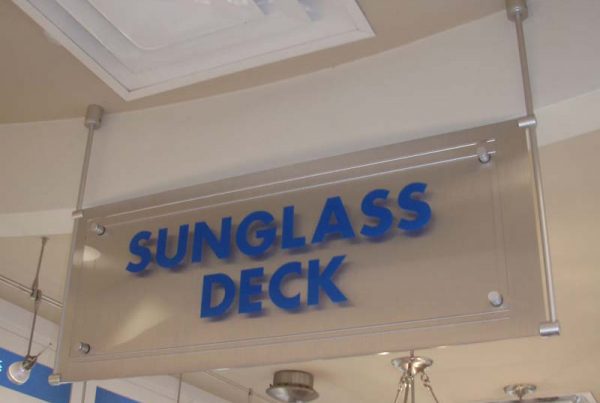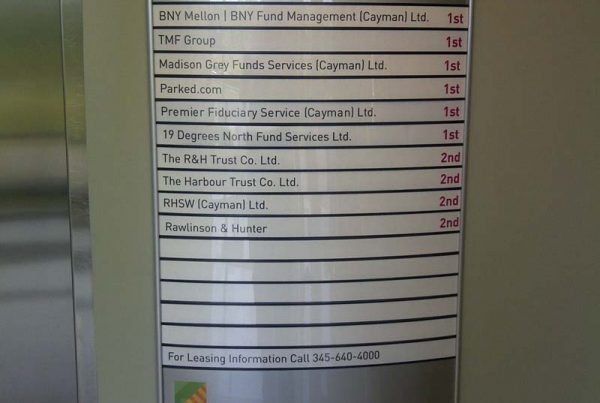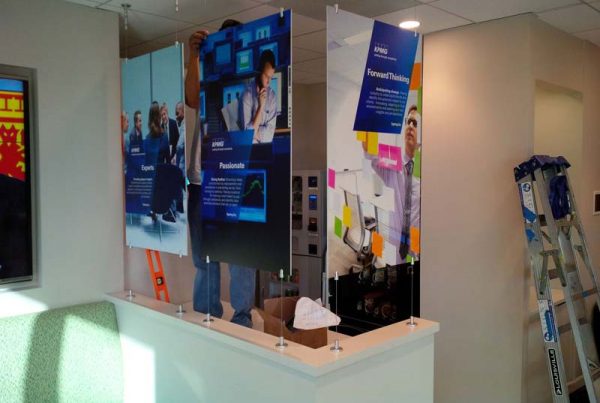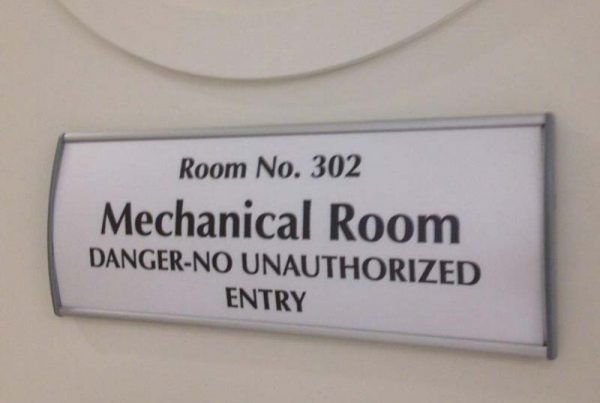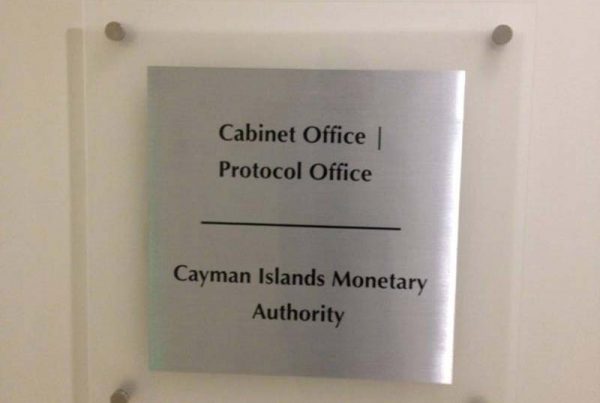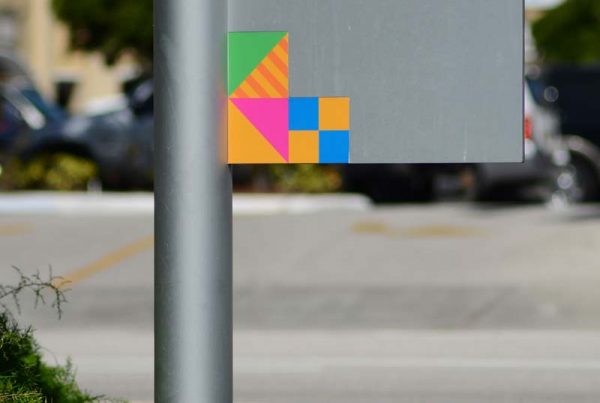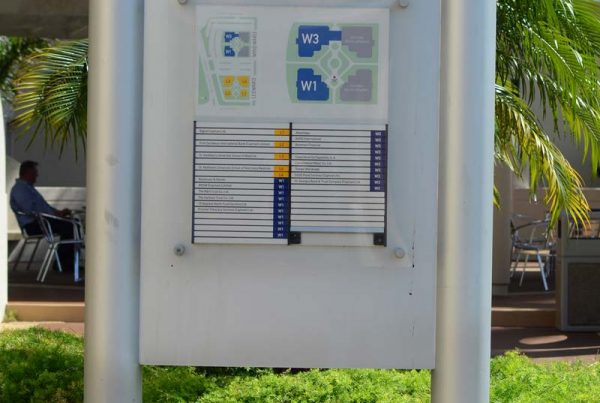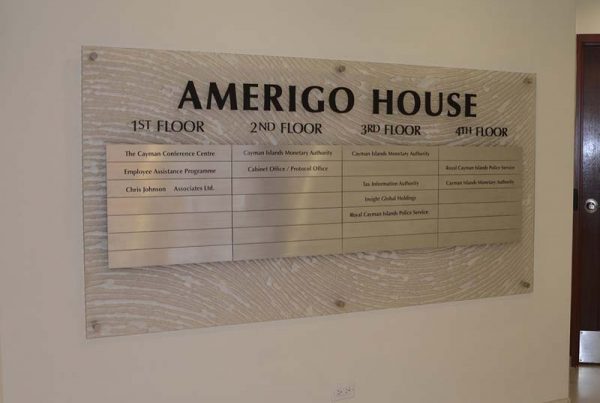Wayfinding & Architecture
Wayfinding signage is different from other forms of signage, because this form of signage is concerned with helping to direct you from point to point, or confirming your progress along a route. Wayfinding signage, in other words, is not advertising signage or informational signage such as a trains arrival timetable. The main concern with wayfinding signage is to guide you from one place to another. Architectural Signage includes monuments, channel letters, directionals, ADA room signs, and any elements which help to guide and inform visitors within a specific site.
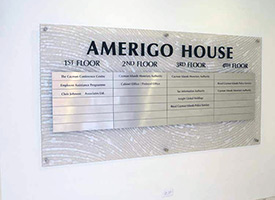
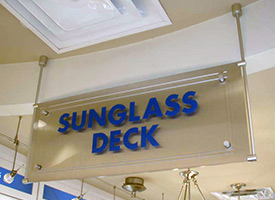
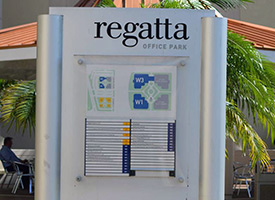
A key issue for the design and creation of wayfinding signage is the need to create it such that you are helping every possible user type. This can make it both complex and challenging. Imagine, for example, if you create wayfinding signage that only provides visual guidance for people. How will a blind person or person with visibility impairment find their way? Two examples of helpful solutions can include signs at hand height, which include braille (such as at the entrance of a location). Secondly, and a more common approach, is to ensure that signage is large enough in terms of lettering to be visible from the different distances and such that the letters are readable by those with poor eye-sight. The use of background colours and lighting can aid the effectiveness of the signage.
People need to find their way and lighting is very important when it comes to signage. Signage needs to be readable in different lighting conditions and also in different weathers (if the signage is being used outdoors). Back lighting on signage and the way in which text on a sign is illuminated is an essential consideration.
The choice of materials for wayfinding signage is an important one and you need to think about whether, for example, the signs will be placed indoors or outdoors. The signage will need to be weather resistant and much more durable if they will be outdoors. Think also about if you will need to change the signage very often, because this will also affect your choice of materials.


